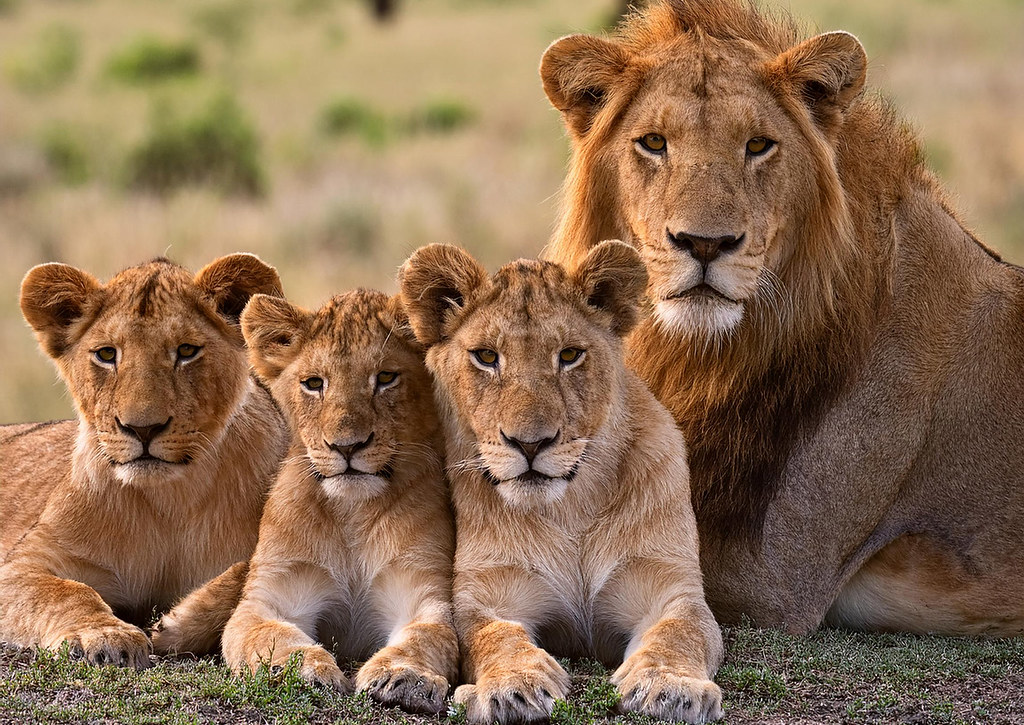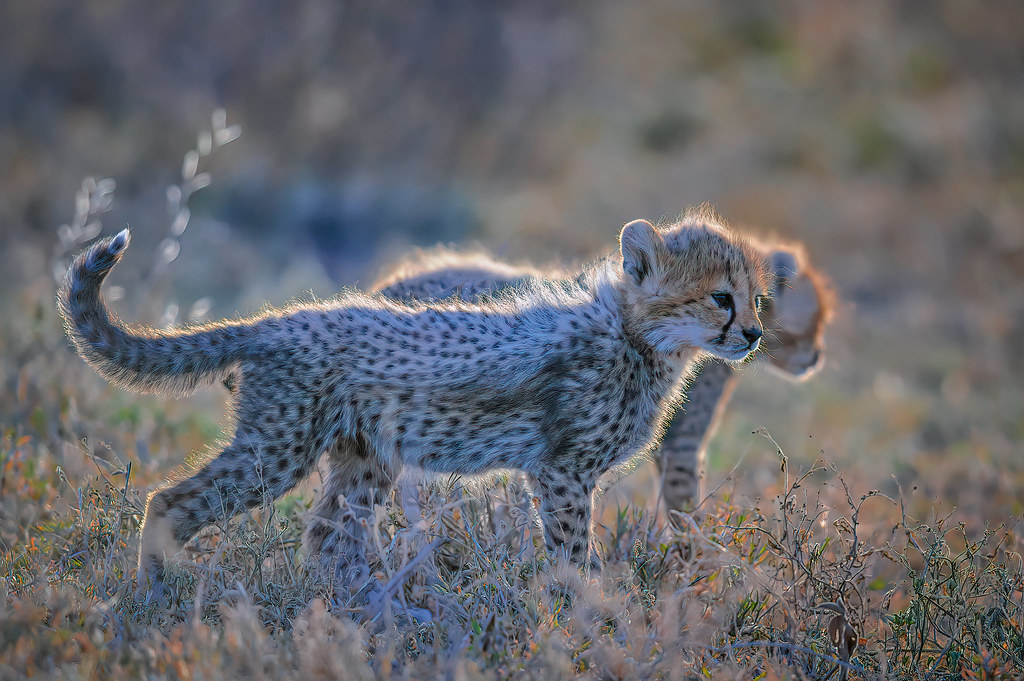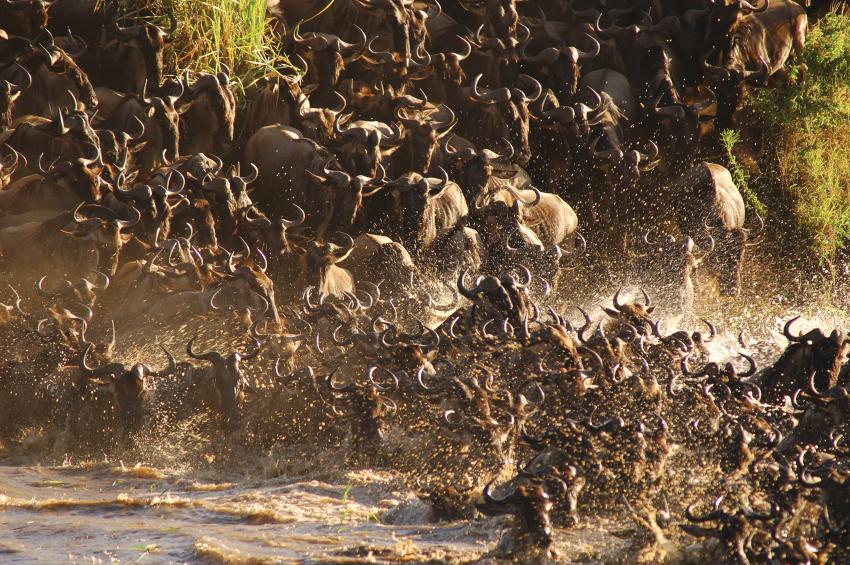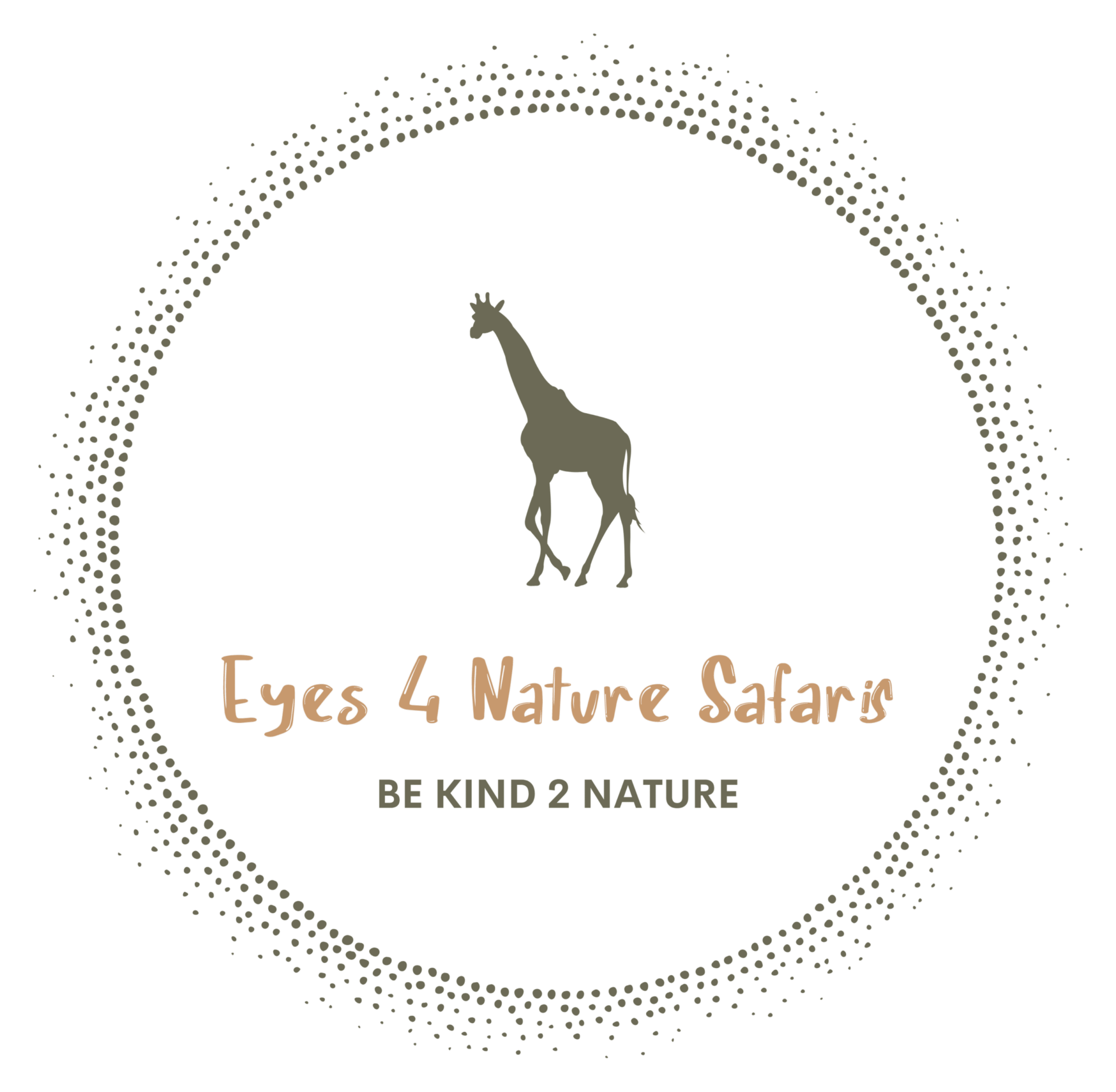
Planst Du ein Abenteuer in Tansania? Das Timing ist alles! Als Guide, der über 7000 Tage unter der afrikanischen Sonne verbracht hat, kann ich Dir sagen, dass Tansania das ganze Jahr über Magie bietet, aber Deine 'beste Zeit' hängt davon ab, was Du sehen und erleben möchtest. Ob Du die Große Migration beobachten, an Sansibars Stränden entspannen oder den Kilimandscharo erklimmen willst – lass uns gemeinsam durch Tansanias Jahreszeiten navigieren, um Dein perfektes Zeitfenster zu finden.
Tansanias zwei Hauptjahreszeiten: Trocken- und Regenzeit
Wie ein Großteil Ostafrikas erlebt Tansania zwei Hauptjahreszeiten:
-
Die Trockenzeit (Juni bis Oktober): Dies ist traditionell die beliebteste Zeit für Safaris.
- Tierbeobachtung: Tiere versammeln sich an den knappen Wasserquellen (Flüsse, Wasserlöcher) und sind so leichter zu entdecken. Die Vegetation ist dünner, was die Sicht verbessert. Denk an klassische Safari-Szenen mit goldenem Gras!
- Die Große Migration: In dieser Zeit befinden sich die Herden oft in der nördlichen Serengeti und überqueren den Mara-Fluss – ein wahrhaft spektakulärer Anblick. (Mehr dazu weiter unten!)
- Wetter: Die Tage sind im Allgemeinen sonnig und warm, mit kühleren Abenden und frühen Morgenstunden. Staub kann ein Faktor sein.
- Besucheraufkommen & Preise: Dies ist die Hochsaison, erwarte also mehr Besucher und höhere Preise für Unterkünfte und Touren. Eine frühzeitige Buchung ist entscheidend. Ich habe erlebt, dass Camps in diesen Monaten ein Jahr im Voraus ausgebucht waren.
-
Die Regenzeiten (November bis Mai): Dieser Zeitraum ist zweigeteilt:
- Die 'kurzen Regen' (Vuli - November bis Dezember): Gekennzeichnet durch kurze, oft nachmittägliche Gewitterschauer. Die Landschaft beginnt, grün und lebendig zu werden. Eine großartige Zeit für Vogelbeobachtungen, da Zugvögel ankommen. Es ist weniger überlaufen als in der Haupttrockenzeit.
- Die 'langen Regen' (Masika - März bis Mai): Dies ist die feuchteste Periode, insbesondere April und Mai. Einige Lodges, vor allem in abgelegenen Gebieten oder solche, die auf unbefestigte Wege angewiesen sind, können geschlossen sein. Das Reisen kann anspruchsvoller sein. Für den ambitionierten Fotografen können die dramatischen Himmel und die üppige Landschaft jedoch unglaublich sein. Außerdem ist Nebensaison, was weniger Menschen und potenziell bessere Angebote bedeutet. Die südlichen Parks wie Ruaha und Nyerere können in dieser Zeit besonders schön und wild sein, auch wenn einige Straßen schwierig sein könnten.

Apollos Empfehlung
“Scheue Dich nicht, zu mischen und zu kombinieren. Du könntest zum Beispiel das Ende der Trockenzeit im Norden erleben und dann in die südlichen Parks fahren, wenn sie anfangen zu grünen. Oder kombiniere eine Beobachtung der Hauptmigration mit einem Besuch in einem weniger überlaufenen Park wie Ruaha oder Katavi für eine andere Art von Wildniserlebnis. Letztendlich ist Tansania ein ganzjähriges Reiseziel. Jede Jahreszeit taucht die Landschaft in einen anderen Farbton und bringt ihre eigenen einzigartigen Tierbegegnungen mit sich. Denke über Deine Prioritäten, Deine Toleranz gegenüber Regen oder Menschenmengen und Dein Budget nach, und wir können die perfekte Tansania-Reise für Dich zusammenstellen.”
Über den Autor
APApollo
Erfahrener Ranger & Tansania-Reiseexperte
Ehemaliger Wildhüter mit über 7.000 Tagen Safari-Erfahrung
Tansanias Rhythmen: Der ultimative Guide zur besten Reisezeit



Häufig gestellte Fragen zur besten Reisezeit für Tansania
Lage
Bereit, dieses Highlight zu erkunden?
Kontaktieren Sie uns, um Ihre perfekte Safari-Erfahrung zu planen, die einen Besuch dieses erstaunlichen Ziels beinhaltet.
Bereit, Tansania zu erleben?
Durchsuchen Sie unsere Safari-Touren, um mit der Planung Ihres Abenteuers zu beginnen.
Safari-Touren ansehen